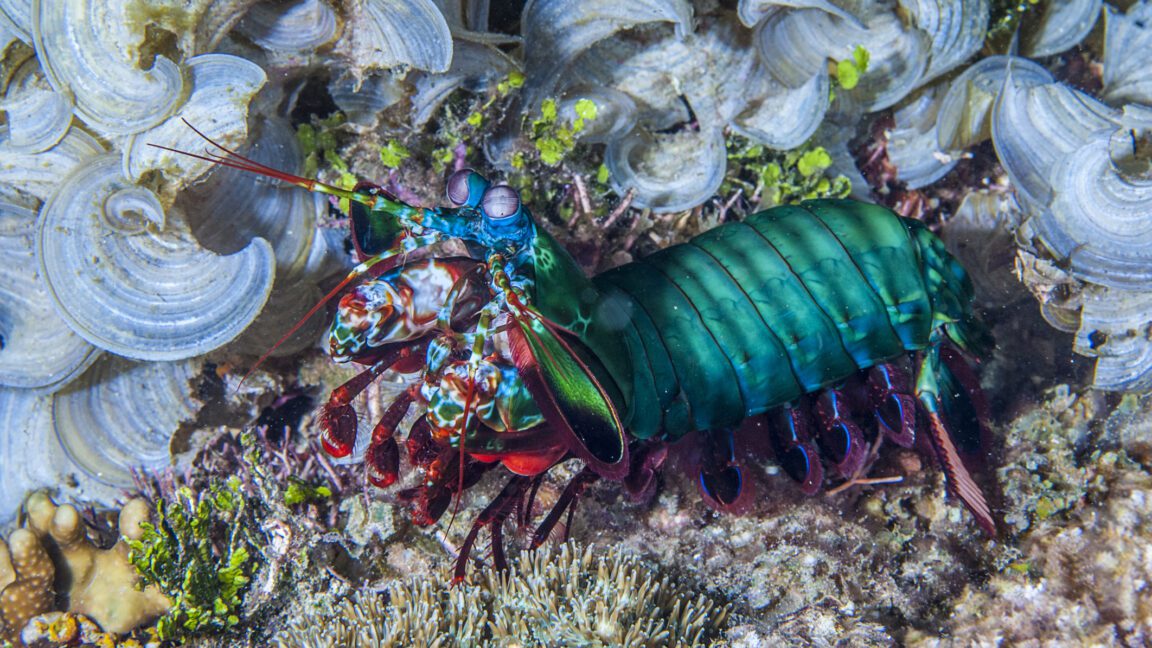
To explore the remarkable strength of a mantis shrimp’s dactyl clubs, researchers conducted experiments using live shrimp to emulate the force exerted when striking objects, specifically targeting a piezoelectric sensor. In addition, they employed ultrasonic and hypersonic lasers on samples of these dactyl clubs to analyze how the structures responded to sound waves.
By examining the propagation of sound waves along the dactyl club’s surface, the research team identified which areas dispersed the most energy. Their findings revealed that the second layer, known as the impact surface, was exceptionally adept at withstanding stress. The periodic surface also performed admirably, collectively enhancing the dactyl clubs’ resilience against the immense forces they generate.
There are few comparable natural structures to those found in mantis shrimp. For instance, research indicates that the scales of certain moth wings effectively absorb sound waves, helping them evade detection by echolocating bats.
Insights into how mantis shrimp endure extreme forces may pave the way for innovative technological advancements. The unique architecture of their dactyl clubs could inspire future designs for both military and athletic protective equipment.
As the research team noted, “Shrimp impacts emit frequencies in the ultrasonic range, which suggests that shrimp-inspired designs may leverage ultrasonic filtering as a crucial protective mechanism,” in their comprehensive study here.
In the future, we may see new models of bike helmets that take design cues from a creature that measures merely seven inches but astonishingly withstands immense pressure.
Science, 2025. DOI: 10.1126/science.adq7100









